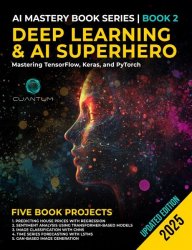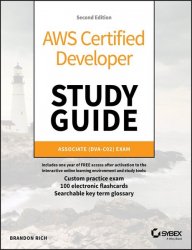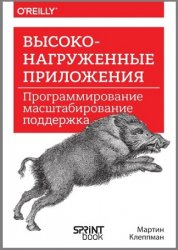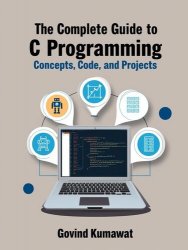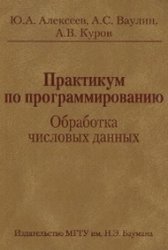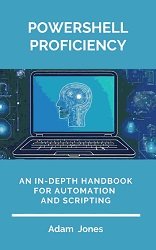 Название: PowerShell Proficiency: An In-Depth Handbook for Automation and Scripting
Название: PowerShell Proficiency: An In-Depth Handbook for Automation and Scripting Автор: Adam Jones
Издательство: NOB TREX L.L.C
Год выхода: 2024
Страниц: 307
Формат: True EPUB, True PDF
Размер: 10,1 MB
Язык: английский
Unlock the full potential of PowerShell with "PowerShell Proficiency: An In-Depth Handbook for Automation and Scripting," your go-to resource for mastering automation and managing intricate administrative tasks. Explore the comprehensive scope of PowerShell, from fundamental commands to sophisticated scripting techniques, and learn how to streamline your Windows environment, manage Active Directory, schedule tasks, secure scripts, and interact with databases with precision.
